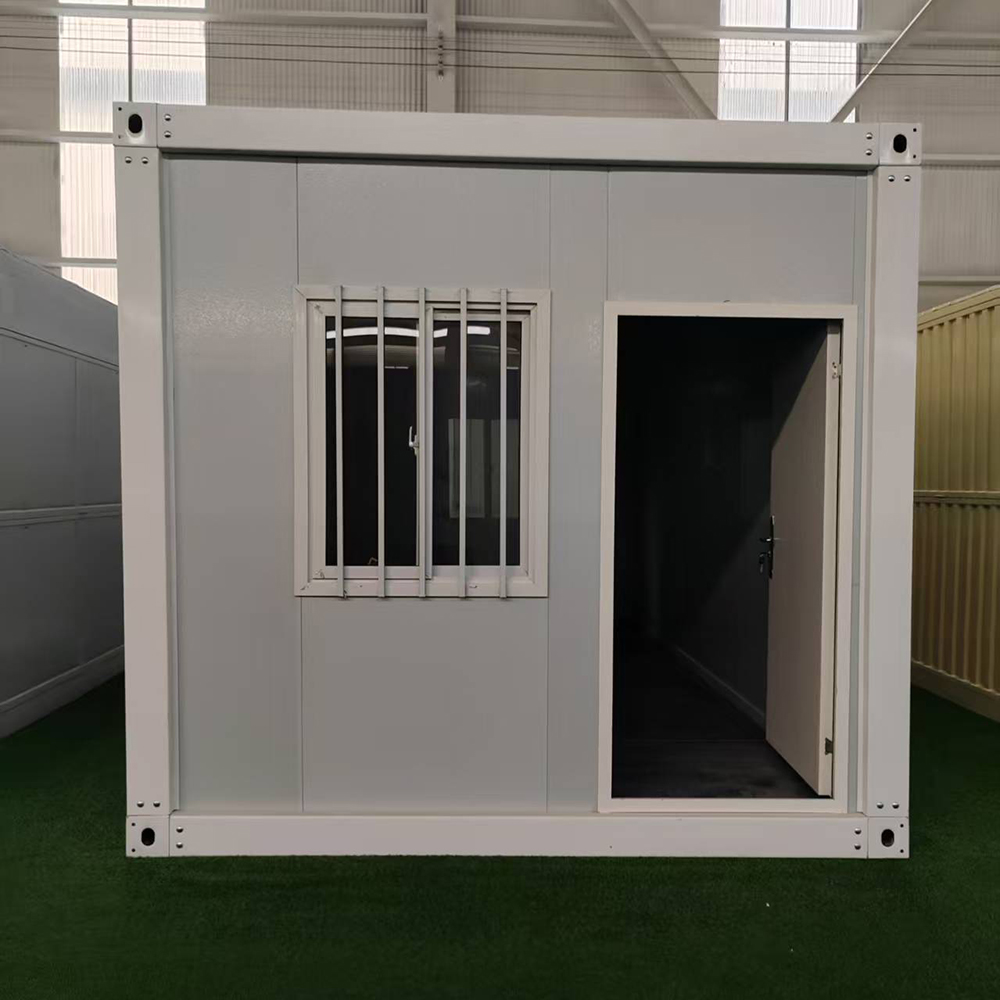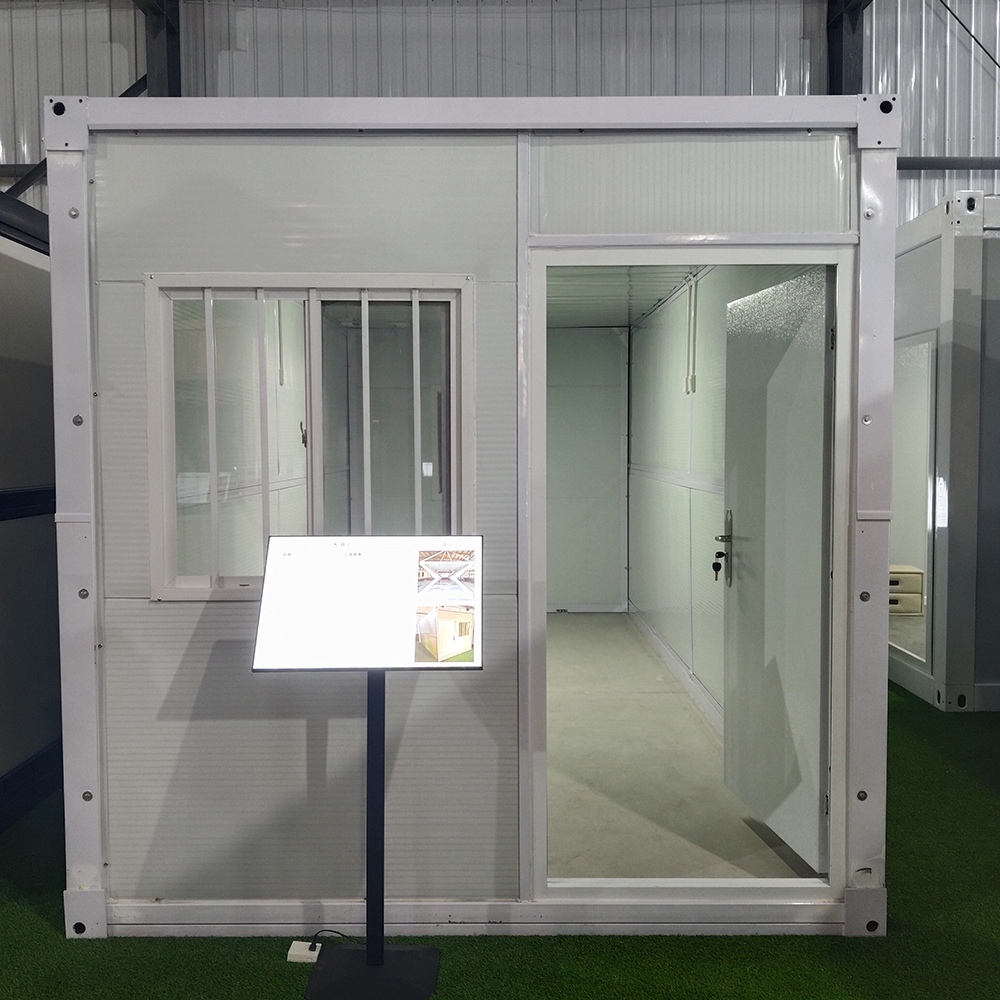-
Elektron pochta
sales@jujiuhouse.com -
Telefon
+86-17854044442
- English
- Chinese
- French
- German
- Portuguese
- Spanish
- Russian
- Japanese
- Korean
- Arabic
- Irish
- Greek
- Turkish
- Italian
- Danish
- Romanian
- Indonesian
- Czech
- Afrikaans
- Swedish
- Polish
- Basque
- Catalan
- Esperanto
- Hindi
- Lao
- Albanian
- Amharic
- Armenian
- Azerbaijani
- Belarusian
- Bengali
- Bosnian
- Bulgarian
- Cebuano
- Chichewa
- Corsican
- Croatian
- Dutch
- Estonian
- Filipino
- Finnish
- Frisian
- Galician
- Georgian
- Gujarati
- Haitian
- Hausa
- Hawaiian
- Hebrew
- Hmong
- Hungarian
- Icelandic
- Igbo
- Javanese
- Kannada
- Kazakh
- Khmer
- Kurdish
- Kyrgyz
- Latin
- Latvian
- Lithuanian
- Luxembou..
- Macedonian
- Malagasy
- Malay
- Malayalam
- Maltese
- Maori
- Marathi
- Mongolian
- Burmese
- Nepali
- Norwegian
- Pashto
- Persian
- Punjabi
- Serbian
- Sesotho
- Sinhala
- Slovak
- Slovenian
- Somali
- Samoan
- Scots Gaelic
- Shona
- Sindhi
- Sundanese
- Swahili
- Tajik
- Tamil
- Telugu
- Thai
- Ukrainian
- Urdu
- Vietnamese
- Welsh
- Xhosa
- Yiddish
- Yoruba
- Zulu
- Kinyarwanda
- Tatar
- Oriya
- Turkmen
- Uyghur

Portativ kichkina uy innovatsiyalari qanchalik barqaror?
2025-09-15

Portativ kichkina uylar barqaror hayot uchun inqilobiy yechim sifatida paydo bo'ldi, ammo bu innovatsiyalar qanchalik barqaror? Ushbu uylardan uzoq muddatli ekologik strategiya sifatida foydalanishning afzalliklari va o'ziga xos qiyinchiliklarini tushunish uchun zamonaviy dizayn va zamonaviy minimalizmdan tashqariga qarash juda muhimdir.
Kontseptsiyani tushunish
Portativ kichkina uylar, birinchi qarashda, barqarorlikning mohiyatiga o'xshaydi - kichik, harakatlanuvchi va ko'pincha qayta ishlangan materiallardan qurilgan. Biroq, haqiqat turli nuanslarni o'z ichiga oladi. Ular energiya sarfini kamaytirish va uglerod izini kamaytirishni va'da qilsalar ham, barqarorlik energiya to'lovlari bilan tugamaydi. Masalan, ishlatiladigan materiallar, ishlab chiqarishning energiya izi va transport ta'siri ularning atrof-muhitga ta'siriga ta'sir qiladi.
Ushbu birliklarga ixtisoslashgan Shandong Jujiu Integrated Housing Co., Ltd. kabi kompaniyalar bilan ishlash tajribam davomida materiallarni xarajat va chidamlilik bilan muvozanatlash qiyinligi aniq. Ko'pincha, portativlikni ta'minlash uchun zarur bo'lgan engil materiallar an'anaviy variantlarning uzoq umriga ega bo'lmasligi mumkin. Bu almashinuv ularning umumiy barqarorligiga bevosita ta'sir qiladi.
Mahalliy qurilish qoidalarini o'zgartirish bu uylarni mo'ljallangan joyga ko'chirishni qiyinlashtirgan loyihani ham eslayman. Bunday tartibga soluvchi nuanslar murakkablikning yana bir qatlamini qo'shadi, ba'zida bu uylarni e'lon qilinganidan ko'ra kamroq "ko'chma" qoldiradi.
Materiallar tanlovi
Qayta ishlangan va qayta ishlangan materiallar kichik uylarning jozibasi uchun markaziy o'rin tutadi. Biroq, barcha ishlab chiqaruvchilar bir xil standartlarga rioya qilmaydi. Mening kuzatishlarimga ko'ra, moddiy sifatdagi nomuvofiqliklar barqarorlik muammolariga olib kelishi mumkin. Misol uchun, men bir marta asosan qayta ishlangan po'latdan yasalgan qurilmaga duch keldim, u mahalliy iqlim sharoitida kurashib, kutilganidan tezroq eskirishga olib keldi.
Ya'ni, SHANDONG JUJIU INTEGRATED HUSING CO,LTD kabi kompaniyalar uzoq umr ko'rish uchun portativlikni buzmasdan yaxshiroq materiallar aralashmasini yaratishda muvaffaqiyatga erishdilar. Ularning engil konstruksiyani chidamlilik bilan uyg'unlashtirishga bo'lgan yondashuvi standartni o'rnatadi, garchi sanoat miqyosida qabul qilish noaniq bo'lib qolmoqda.
Ekologik toza materiallardan foydalanish va turli xil muhitlarga mos keladigan mustahkamlikni ta'minlash o'rtasidagi muvozanat juda muhim va butun kengashda muammo bo'lib qolmoqda.
Energiya samaradorligi
Portativ kichkina uylar haqida gapirganda, energiya samaradorligi asosiy savdo nuqtasidir. Shunga qaramay, amalda energiyadan optimal foydalanishga erishish unchalik oson emas. Bu shunchaki quyosh panellari yoki yomg'irni ushlab turish tizimini o'rnatishdan ko'ra ko'proq. Orientatsiya, mahalliy iqlim va energiya tejaydigan qurilmalar muhim rol o'ynaydi.
Derazalarni joylashtirish isitish ehtiyojlariga keskin ta'sir ko'rsatadigan loyiha bo'yicha maslahat berganimni eslayman, dizaynning murakkabligi bu uylarning energiya samaradorligini oshirishi yoki buzishi mumkinligini ko'rsatib beradi. Shuningdek, quyosh nuri kamroq bo'lgan hududlarda qo'shimcha, qimmat tizimlarsiz quyosh energiyasi yechimlarining to'liq salohiyatiga erishish uchun kurashadi.
SHANDONG JUJIU INTEGRATED HUSING CO,LTD kabi firmalar bilan hamkorlikda ushbu jihatlarni optimallashtirish bo‘yicha doimiy izlanishlar olib borilmoqda. Biroq, iste'molchilar sifatida, ushbu omillarning o'zaro ta'sirini bilish ularning potentsialidan chinakam foydalanish uchun juda muhimdir.
Transport va mobillik muammolari
Kichkina uylarning muhim afzalligi ularning harakatchanligidir. Biroq, bu foyda murakkabliklarga ega. Yuqori transport xarajatlari, emissiya va logistika muammolari atrof-muhitga tegishli afzalliklarni qoplashi mumkin. Potensial uglerod izini kamaytirish uchun ko'chirishni strategik rejalashtirish juda muhimdir.
Ushbu birliklarni ko'chirish bo'yicha mening birinchi tajribalarim har doim ham dastlab ko'rinmaydigan xarajatlar va chiqindilarni ochib beradi. Yuk tashish va transport mutaxassislari bilan hamkorlik qilish ta'sirlarni yumshata oladi, ammo qo'shimcha muvofiqlashtirish va ba'zan kutilmagan xarajatlarni talab qiladi.
Bundan tashqari, tajribali kompaniyalar bilan hamkorlik logistika to'siqlarini soddalashtirishi mumkin, ammo iste'molchilarning xabardorligi va adekvat rejalashtirish kutilmagan kamchiliklarsiz mobillik afzalliklarini olish uchun muhim bo'lib qolmoqda.

Kichkina uyning kelajagi barqarorligi
Ko'chma kichkina uylar rivojlanishda davom etar ekan, kelajak istiqbolli ko'rinadi, ammo muammolar saqlanib qolmoqda. SHANDONG JUJIU INTEGRATED HUSING CO,LTD kabi firmalar yanada barqaror ishlab chiqarish jarayonlari va materiallarini ishlab chiqishda muhim rol o'ynaydi.
O'sishning potentsial sohalaridan biri energiya boshqaruvini yaxshilash uchun aqlli uy texnologiyasidan foydalanishning ko'payishi bo'lib, bu ularning uglerod izini yanada kamaytirishi mumkin. Biroq, ushbu ilg'or tizimlarni ixcham dizaynga integratsiya qilish katta innovatsiyalar va investitsiyalarni talab qiladi.
Umuman olganda, ko'chma kichkina uylar yanada barqaror yashash uchun istiqbolli yo'lni taklif qiladi, ammo sanoat mavjud muammolarni hal qilish uchun doimiy innovatsiyalar va xabardorlikka muhtoj. Iste'molchilar ham, provayderlar ham ushbu uylarning uzoq muddatli barqarorligini oshirishda rol o'ynashi kerak.










